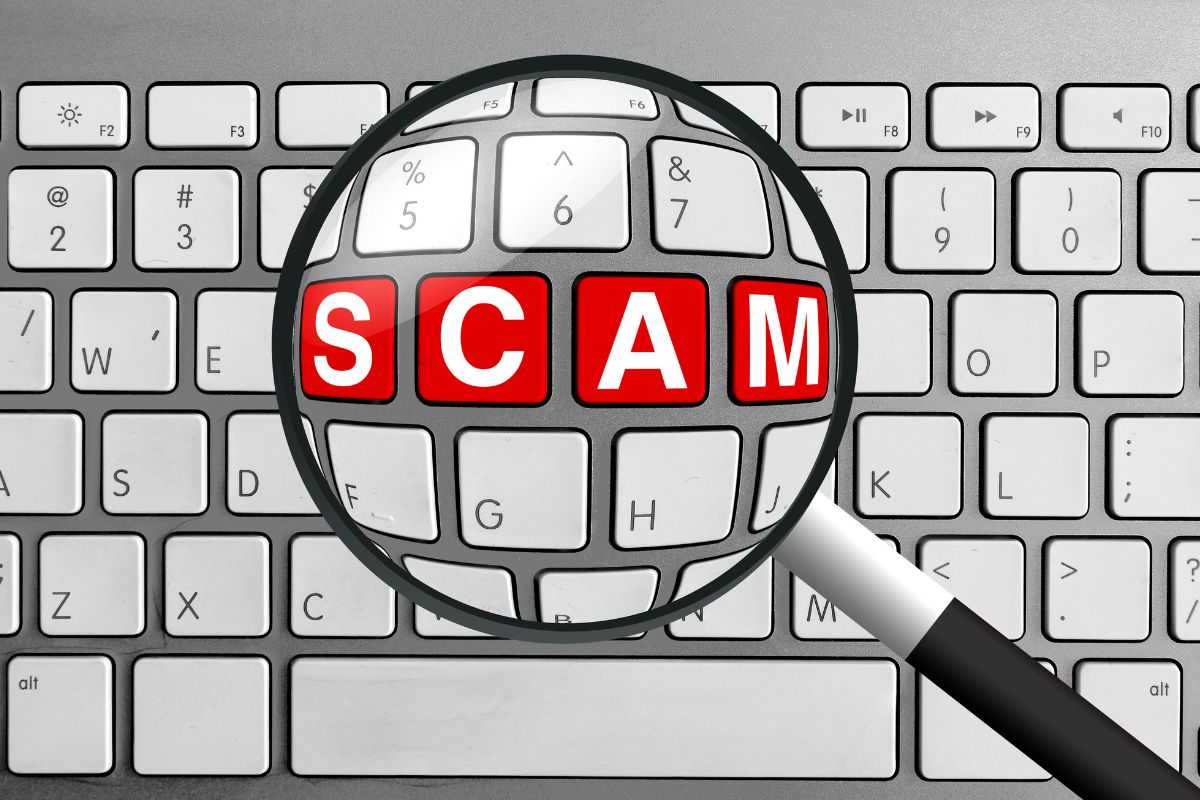Online Scams and Phishing in 2025: Tips to Protect Yourself

In 2025, the web is more networked, more intelligent, and more essential than ever—but it’s also more dangerous. As our digital lives expand, so do the tools of cybercrooks who exploit each new platform and technology to deceive, steal, and cripple. Online scams and phishing attacks have changed a lot. They’ve moved from simple spam emails to smart, AI-driven tricks. Now, they can pretend to be your contacts, clone official websites, and even mimic live chats.
If you’re a student, professional, entrepreneur, or retiree, no one is safe. Phishing and investment scams to deepfakes and poor QR codes, the threats are everywhere—and getting harder to spot.
This article looks at what’s new in online scams and phishing in 2025, and more importantly, how you can protect yourself from them. Because in today’s digital era, knowledge isn’t power—it’s defense.
The Evolution of Online Scams in 2025
2025, cybercriminals no longer employ basic email scams or pre-recorded phishing links. They’re using AI tools to create realistic messages, clone voices, and even make fake video calls. According to Securelist, scammers now tailor their attacks to be situational, depending on what’s currently happening in the world, popular on social media, and even scraped from public profiles to include your personal information.
Some of the most common scams include:
- AI-phished emails pretending to be company messages or bank alerts.
- Deepfake scams, where criminals use artificial media to pretend to be executives or loved ones.
- Smishing and vishing, or SMS and voice calls, with the aim of stealing sensitive data.
- Social media scamming, including fake giveaways, imitation profiles, and dangerous links sent through DMs.
Messaging Apps: The New Frontier
Messaging apps like WhatsApp, Telegram, and Discord are now prime targets for con artists. These apps give access directly to the users and often bypass traditional email filters. Phishing links sent via messaging apps have increased by over 40% in 2025, according to the Hoxhunt Phishing Trends Report.
Scammers exploit trust within group chats and communities, often posing as admins or friends. They may send links to fake login pages, malicious downloads, or fraudulent payment requests. Because these messages appear casual and personal, users are more likely to click without suspicion.
AI’s Role in Amplifying Threats
Artificial intelligence has revolutionized phishing tactics. Cybercriminals use AI to:
- Automate scam creation, generating thousands of personalized messages.
- Track user behavior, assuming when a person is most likely to respond.
- Avoid filters, crafting messages that evade email security software.
The KnowBe4 Threat Trends Report shows that AI-driven phishing attacks make up more than 70% of successful breaches. Human error is still the weakest link.
How to Stay Safe in 2025
To defend yourself under this evolving scenario, test out these essential tips:
1. Use Multi-Factor Authentication (MFA)
Enable MFA on all accounts. Even if your password gets stolen, MFA offers an extra layer of security.
2. Check Before You Click
Double-check URLs, sender email, and unknown messages. Preview links when you hover over them and do not open suspicious attachments.
3. Keep Software Up to Date
Ensure your operating system, browser, and programs are the latest releases. Security patches close loopholes that scammers exploit.
4. Educate Yourself and Others
Stay current with the newest scams. Teach less-tech-savvy friends and relatives.
5. Use Legitimate Security Software
Download antivirus software, enable browser protection, and consider phishing detection plug-ins.
6. Don’t Post Publicly
Don’t share your sensitive data on the internet, such as travel itineraries, birthdays, or money information. The scammers steal this data and personalize the attacks.
7. Report Suspicious Activity
If you receive a scam message, report it to the platform and to the authorities. This will prevent others from getting scammed.
The Human Element: Your Best Defense
Despite all the technology advancements, awareness remains the best defense against phishing. Cybersecurity experts note that teaching users so they can spot scams works better than relying on software. In fact, as per the 2025 Hoxhunt report, users regularly exposed to phishing simulations were 60% less likely to fall victim to real attacks.
Final Thoughts
The cyber world of 2025 is empowering and perilous. As technology improves, so does the art of cybercrimes. Online scams and phishing emails have become more personalized, more realistic, and more difficult to detect. From a crudely written email from an unknown prince is now a hyper-realistic email that is almost indistinguishable in style from your bank, your boss, or even your best friend.
But this is not an appeal for panic—this is an appeal for awareness.
Security in the digital age is no longer just IT’s responsibility or that of technical experts. Everyone’s job permeates every aspect of our existence—from the way we shop and bank to the way we talk and work. The best defense isn’t always software—it’s you. Your ability to pause, ask questions, and confirm can stop a scam in its tracks.

